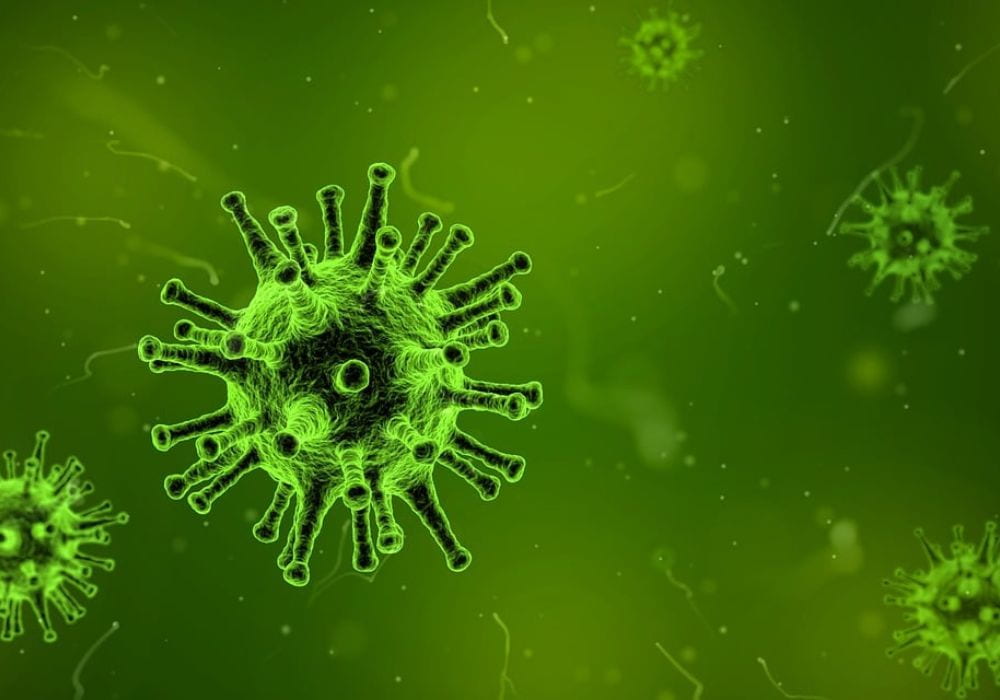
This summer, cases of Vibrio vulnificus, a rare and life-threatening bacterium, have been on the rise across different regions along the east coast in the United States. This bacterium is known to cause sepsis, a serious infection in the bloodstream that can potentially cause irreparable organ damage or death in extreme cases. Necrosis fasciitis, otherwise known as flesh-eating bacteria, is often an additional symptom of the infection.
This bacterium is typically known to inhabit saltwater in coastal areas during the warmer months. In the northeastern region, three residents from Connecticut were infected with the bacteria, with two succumbing to their injuries and an additional fatal case in Long Island, New York. All who were infected were reported to have swam with open wounds under prime Vibrio vulnificus growing conditions.
Down the coast, three fatal cases were reported in North Carolina and five fatal cases in Florida. This year alone, the Florida Department of Health has reported 26 total cases in the state. In response to this increasingly dangerous bacterium, the CDC shared a couple tips to reduce the risk of exposure to Vibrio vulnificus and similar bacteria. The CDC advised people to protect or shield open cuts from saltwater and to avoid the consumption of undercooked or raw shellfish such as oysters.
By Maya Yorks
